Many homeowners struggle with making their space look stylish without spending a fortune, dealing with clutter, or knowing where to start. The good news is that home decoration doesn’t have to be overwhelming or expensive. By focusing on a few smart strategies like choosing the right color schemes, arranging furniture effectively, and using simple home décor accents, you can beautify your house with ease. This guide offers practical solutions for creating a stylish, comfortable space that reflects your personality, all while staying within your budget and skill level.
Start with a Vision: Define Your Style
Contents
- 1 Start with a Vision: Define Your Style
- 2 Choose a Balanced Color Scheme
- 3 Focus on Furniture Arrangement
- 4 Incorporate Decorative Accents
- 5 Add Meaningful Wall Art and Accessories
- 6 Update the Living Room with Style
- 7 Embrace Modern and Minimalist Trends
- 8 Power of Lighting
- 9 Stay Current with Styling Trends
- 10 Make Small but Impactful Changes
- 11 Final Thoughts
Before you start buying new items or moving furniture around, the first and most important step is to define your vision for the space. Many people feel overwhelmed because they don’t have a clear direction. To solve this, begin by exploring home styling trends and collecting inspiration from design blogs, Pinterest boards, or interior design magazines. Create a mood board or digital collage of elements you love, such as colors, textures, or furniture styles.
Next, decide on a theme that reflects your taste. For instance:
- If you enjoy clean lines and simplicity, opt for minimalist decor ideas with neutral tones and uncluttered layouts.
- If you’re into a livelier, personalized feel, lean into bold color palettes, patterns, and eclectic decorative accents.
By identifying your preferences, you’ll be able to make consistent choices in furniture, color schemes, and accessories, resulting in a cohesive and stylish home décor plan. This approach saves time, reduces unnecessary purchases, and leads to a more polished final look.
Choose a Balanced Color Scheme
One of the most common challenges in decorating your home is selecting the right colors that enhance the space rather than overwhelm it. Many homeowners either choose colors that clash or fail to complement the room’s size and natural lighting. The solution lies in adopting a balanced color scheme that works harmoniously with your interior.

Start by observing how much natural light the room receives and how large or small the space feels. For small or dimly lit areas, soft neutrals and pastel shades can create a fresh, airy atmosphere. In contrast, large or well-lit spaces can handle darker tones that add depth and sophistication. A smart approach is to use the 60-30-10 rule: 60% of a dominant color, 30% of a secondary color, and 10% of an accent shade. This ensures a visually appealing and cohesive interior without overpowering the senses.
Focus on Furniture Arrangement
One of the most common mistakes in home styling is poor furniture placement, which can make a room feel cramped, awkward, or uninviting. To solve this, start by identifying the room’s main function, whether it’s relaxing, entertaining, or working, and arrange your furniture to support that purpose. Create clear pathways to allow easy movement, and avoid placing large furniture where it blocks windows or walkways.
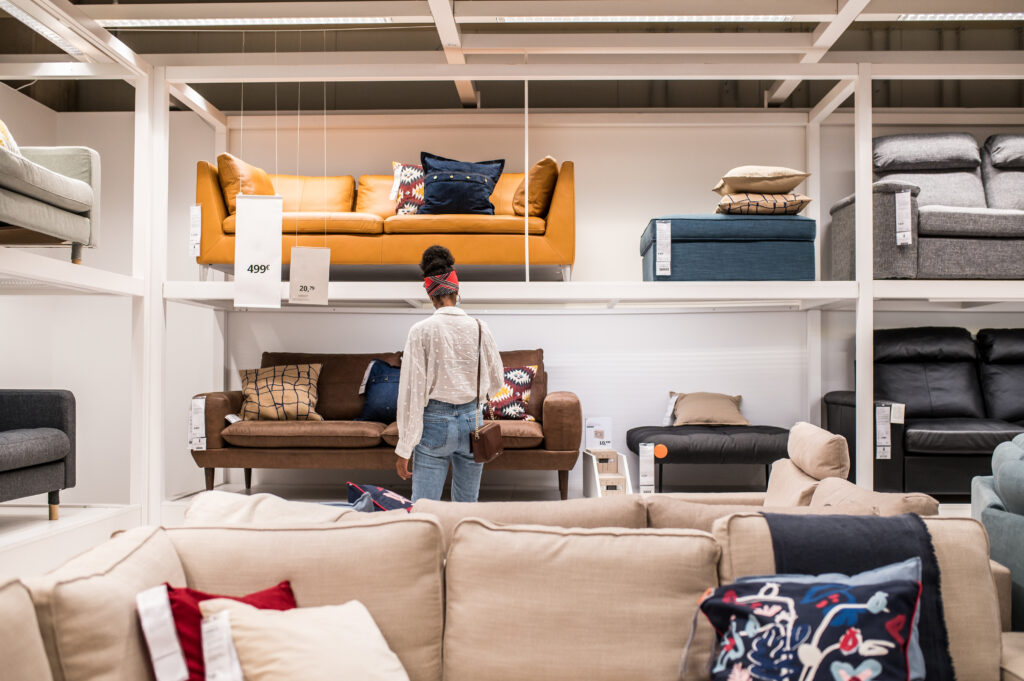
For better interaction, arrange seating in a way that encourages conversation, such as placing sofas and chairs facing each other with a central table. In smaller rooms, choose multifunctional furniture—like ottomans with hidden storage or fold-out desks—to maximize space without sacrificing comfort or style. Using layout planning tools or sketching your floor plan can also help you visualize better arrangements before moving anything. Ultimately, a well-thought-out furniture layout not only enhances flow but also elevates the overall ambiance of your home.
Incorporate Decorative Accents
Many people find their homes looking plain or lacking character, even after investing in furniture and basic decor. The challenge often lies in creating a personalized, cohesive look without cluttering the space or overspending on large design changes.
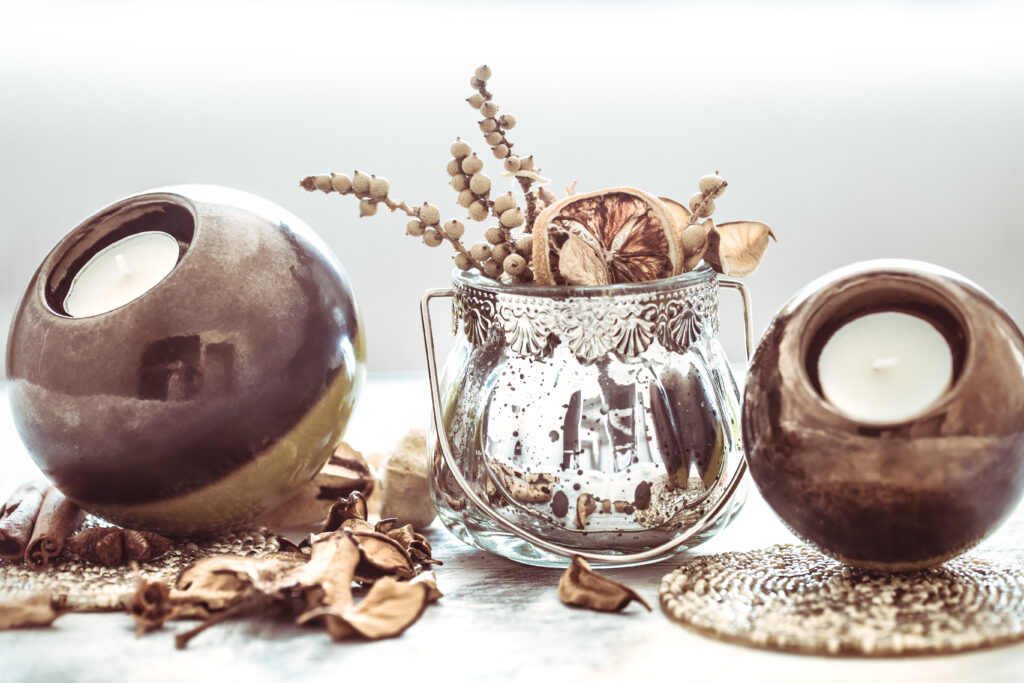
The key is to use decorative accents like throw pillows, rugs, vases, and mirrors to add personality and charm without overwhelming your home. These elements help bring color, texture, and warmth into a room. To make your space visually interesting, mix different materials and textures, for example, pair velvet cushions with jute rugs, or combine glass vases with wooden trays. These accents can also be easily updated with the seasons: swap out pillow covers, add cozy blankets in the winter, or use floral decor in the spring. It’s a simple, affordable way to keep your space fresh and aligned with your style year-round.
Add Meaningful Wall Art and Accessories
Empty walls often make a home feel unfinished or lacking character, but this issue can be easily solved with thoughtful decoration. Start by identifying spaces that feel bare and consider what kind of art or accessory would add both style and meaning. Gallery walls with framed family photos, travel memories, or inspiring quotes can turn a blank wall into a storytelling piece. Install floating shelves to display books, small plants, or decorative objects that reflect your interests.

For a practical yet stylish touch, statement clocks or oversized wall art can serve as focal points in larger rooms. If you’re on a budget, try DIY house décor projects like painting your canvas art, creating a photo collage, or repurposing old materials into creative wall hangings. These personalized touches not only fill empty spaces but also make your home feel warm, lived-in, and truly yours.
Update the Living Room with Style
Many people find it challenging to decorate their living room in a way that feels both inviting and stylish. Common problems include mismatched furniture, lack of cohesive design, and spaces that feel either too empty or overly cluttered. The solution lies in balancing comfort and aesthetics through thoughtful choices.
Start by introducing cozy elements such as soft throws, textured cushions, and area rugs to make the space feel warm and lived-in. To improve the mood and depth of the room, incorporate ambient lighting like floor lamps or pendant lights instead of relying solely on harsh overhead fixtures. A curated coffee table setup with books, candles, or decorative trays adds visual interest and a personal touch.
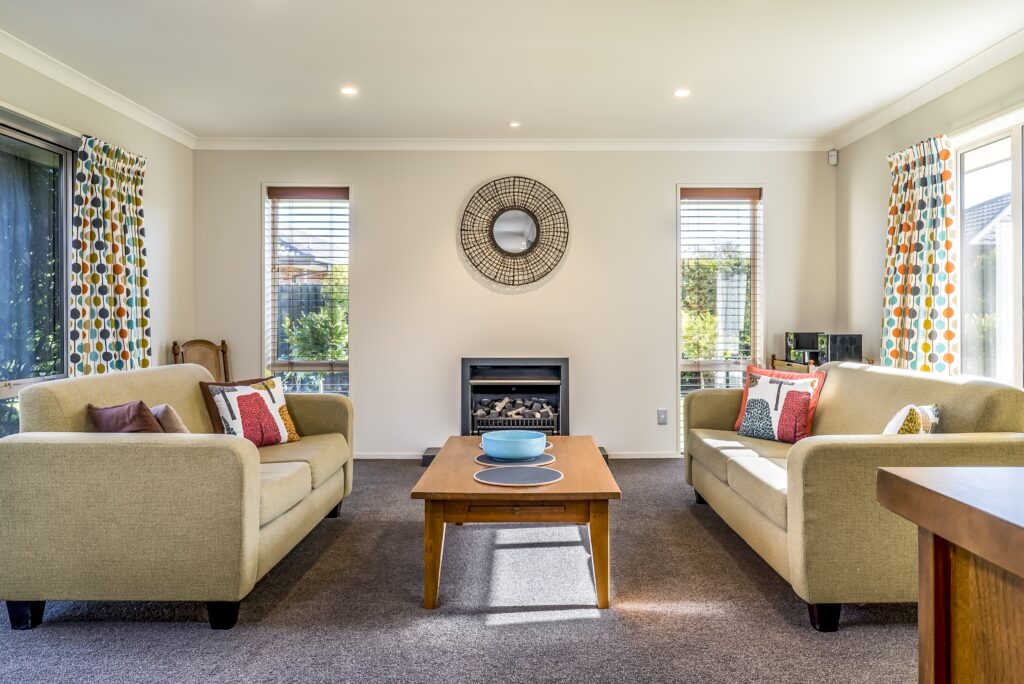
If the room still feels lifeless, consider bringing nature indoors. Adding a few potted plants or hanging planters enhances the decor, improves the air quality, and creates a calming vibe. Combining these simple yet impactful interior design tips allows you to turn your living room into a stylish centerpiece that truly sets the tone for your entire home.
Embrace Modern and Minimalist Trends
Many homeowners find it challenging to achieve a modern look without making their home feel cold or empty. Common issues include cluttered layouts, mismatched décor, or overly complex design choices that disrupt the flow of a room. The solution is to adopt modern house decorations emphasizing simplicity, balance, and functionality.
Start by decluttering and keeping only items that serve a purpose or add aesthetic value. Use easy home styling elements such as floating shelves to display select décor without overwhelming the walls. Opt for sleek furniture with clean lines and minimal ornamentation, which instantly creates a contemporary vibe. Neutral color tones—like whites, greys, and beiges—can open up the space and provide a calm backdrop for accent pieces.
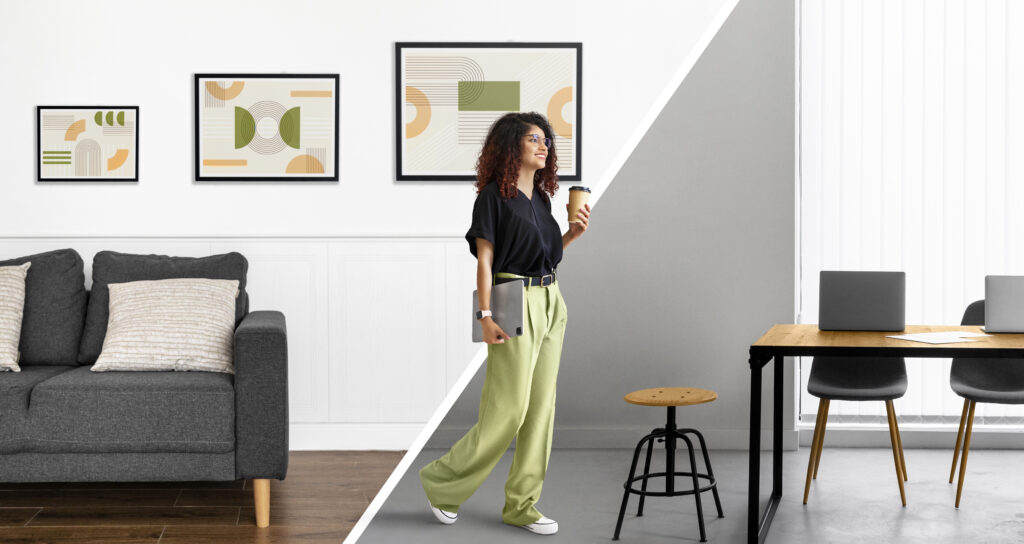
For those who prefer a low-maintenance yet stylish space, minimalist décor ideas are ideal. Focus on quality over quantity by investing in versatile, timeless pieces and eliminating visual noise. This approach not only enhances the appearance of your home but also promotes a more peaceful, organized environment that’s easy to maintain.
Power of Lighting
One of the most overlooked aspects of home décor is lighting. Many homes suffer from poor lighting, which can make rooms feel dull, cramped, or uninviting, no matter how well-decorated they are. The problem often lies in relying solely on one light source, such as a ceiling fixture, which creates harsh shadows and uneven brightness.
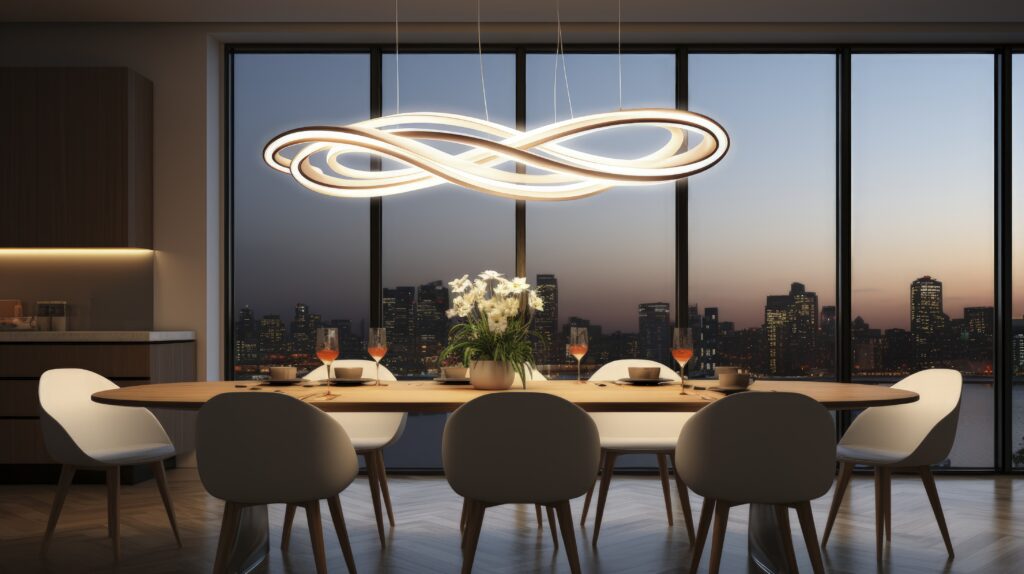
The solution is to layer your lighting. Use a combination of ambient, task, and accent lighting to bring depth and warmth to your space. For ambient lighting, choose ceiling fixtures or LED panels that evenly illuminate the room. Add task lighting—like desk lamps or under-cabinet lights—for focused activities such as reading or cooking. Finally, incorporate accent lighting such as wall sconces, string lights, or decorative floor lamps to highlight artwork, architectural details, or cozy corners.
By thoughtfully mixing different types of lighting, you not only brighten your home but also enhance its overall ambiance, making every room feel more inviting and visually balanced.
Stay Current with Styling Trends
One common challenge homeowners face is that their interiors start to feel outdated or lack the fresh appeal seen in modern homes. Trying to keep up with ever-changing design trends can feel overwhelming and costly.
The key is not to overhaul your entire space with every new trend but to selectively incorporate current elements that align with your existing décor. Start by researching home styling trends through design blogs, magazines, or social media platforms like Pinterest. Then, choose a few easy-to-adapt ideas, like introducing earth tones through throw pillows, switching to curved furniture, or adding trendy materials like rattan or matte black metal. These subtle updates will revive your space without requiring a full renovation. This approach helps your home feel stylish and current while still reflecting your taste.
Make Small but Impactful Changes
Many people believe that achieving a beautiful home requires a full-scale renovation, which can be time-consuming, costly, and overwhelming. This misconception often causes delays in decorating or settling for uninspired spaces.
The truth is, a full room makeover isn’t always necessary. You can breathe new life into your home by making small, intentional changes that deliver big results. For example:
- Swap out cushion covers with bold patterns or seasonal colors to refresh your seating area.
- Paint an accent wall to add depth and character without redoing the entire room.
- Rearrange furniture to improve flow and create a more functional layout.
- Add new light fixtures or floor lamps to instantly brighten and update the space.
- Introduce decorative accents for homes, such as stylish vases, textured throws, or updated hardware on cabinets.
These aesthetic home improvement strategies are simple yet effective. They allow you to enhance your home’s style and ambiance without breaking your budget or committing to a major renovation. Even small spaces can become stunning with a little creativity and attention to detail.
Final Thoughts
Decorating your home doesn’t have to be complicated or expensive. By focusing on intentional changes, using affordable house decor solutions, and incorporating your style, you can transform any space into something special. Whether you’re trying DIY house décor, experimenting with modern house decorations, or exploring interior design tips, remember: the best home is one that reflects you.

